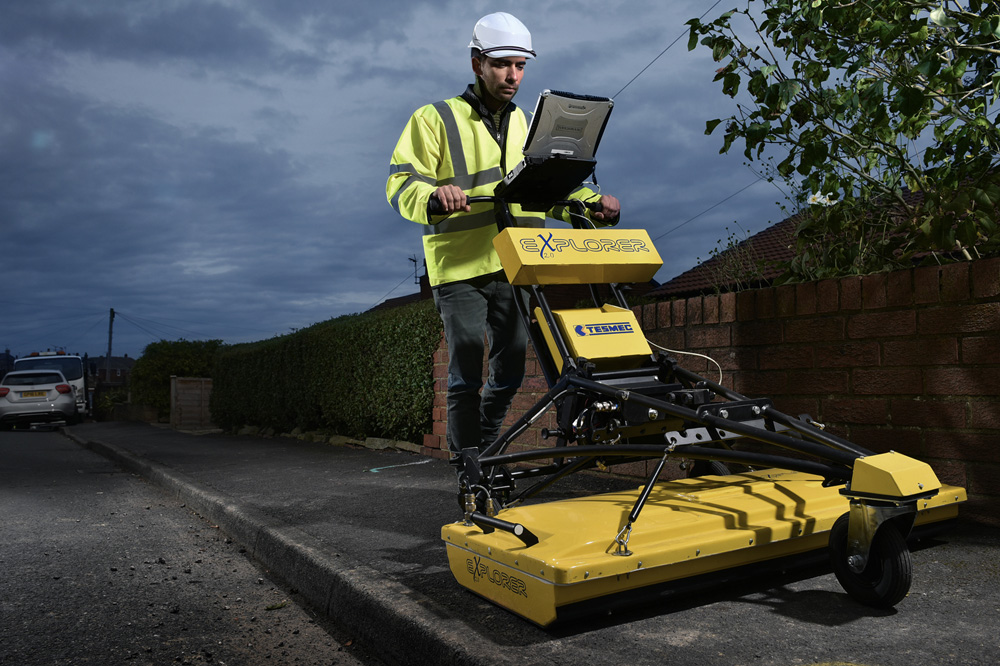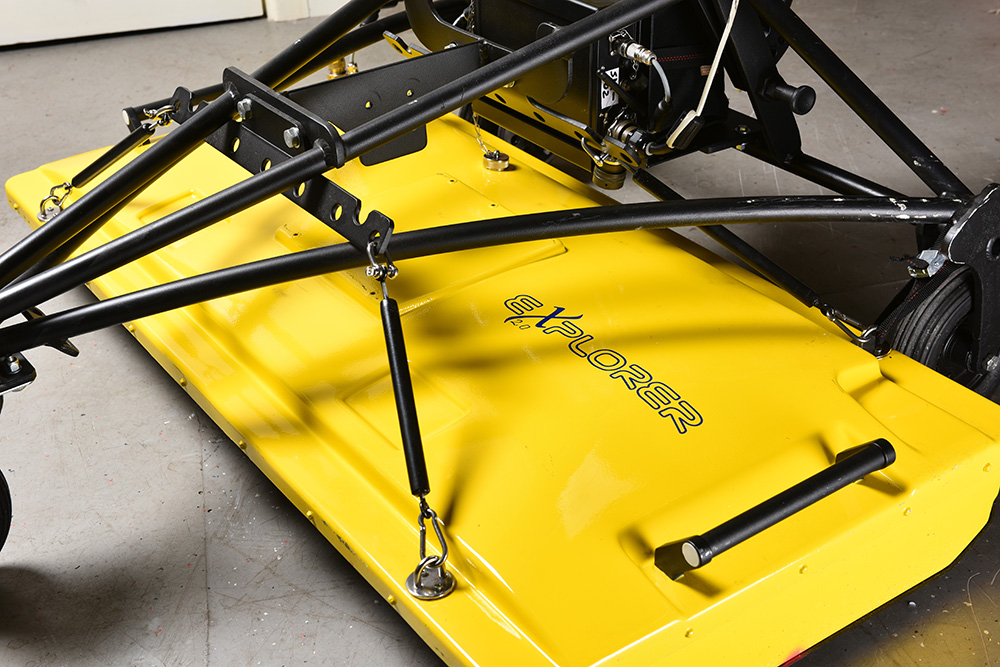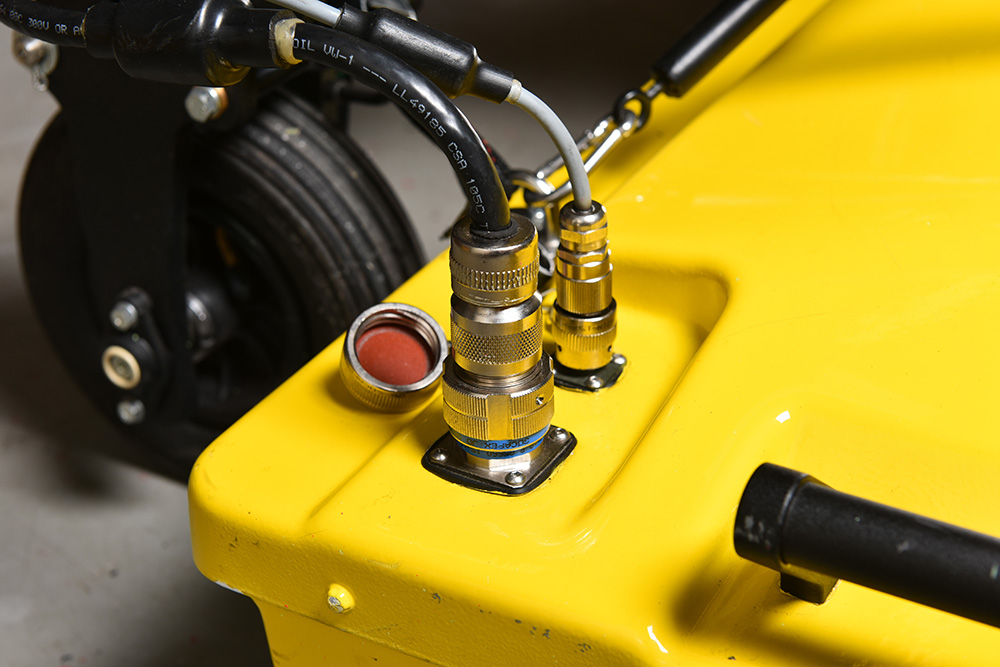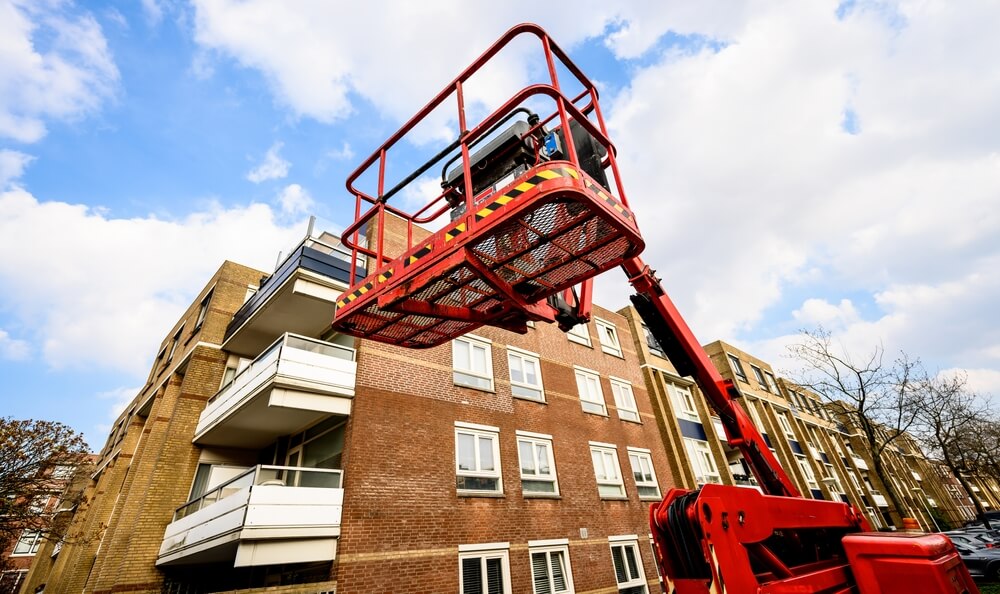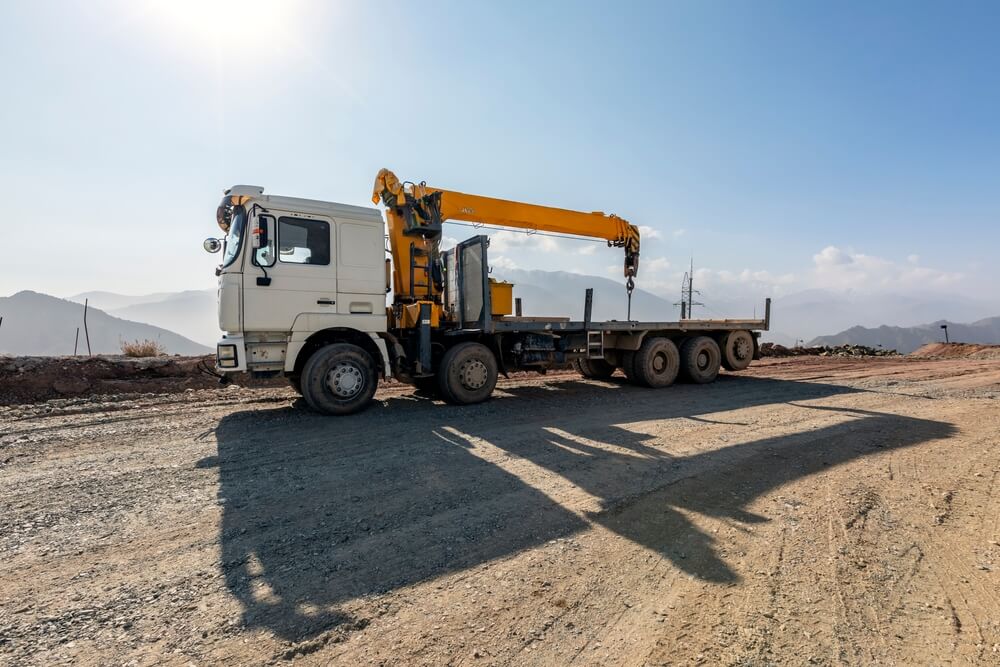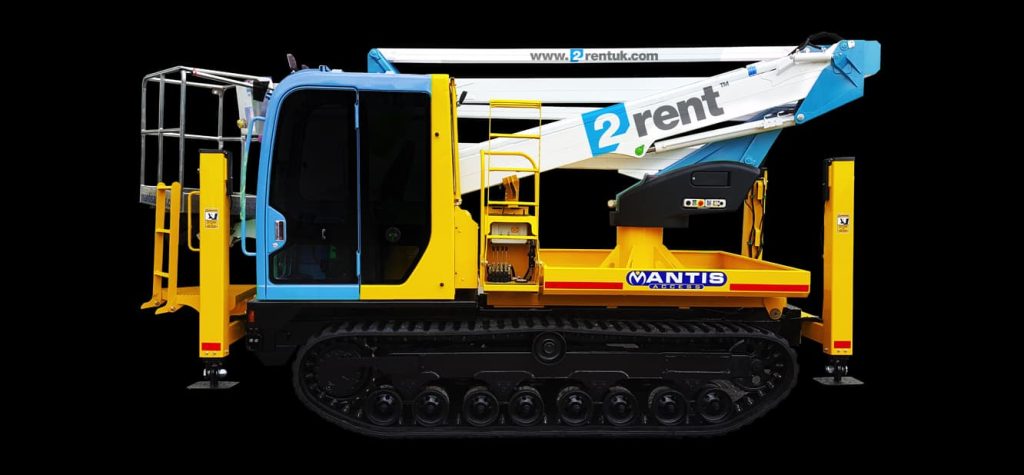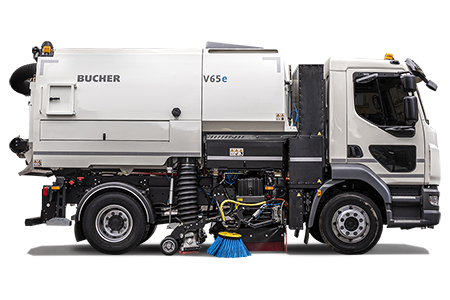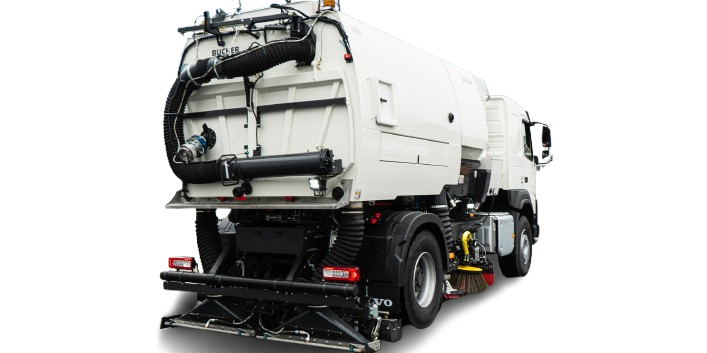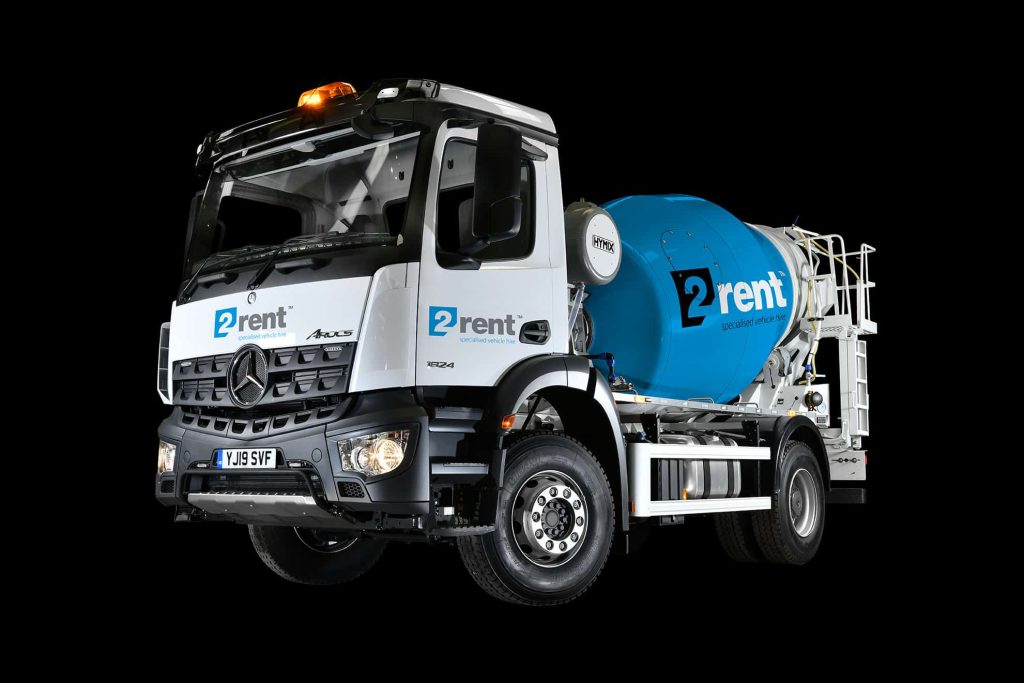Ground Penetrating Radar Surveys, often referred to as GPR surveys, have revolutionised the way we explore what lies beneath the Earth’s surface. This geophysical locating technique uses radio waves to capture images of objects and features hidden underground without the need for excavation. In this comprehensive guide, we will delve into the intricacies of GPR surveys, their applications, and what to expect.
- Understanding GPR surveys
- What can a ground-penetrating survey detect?
- The science behind GPR
- What to expect from a ground-penetrating survey
Understanding Ground Penetrating Radar Surveys
GPR surveys are a non-invasive method of subsurface exploration that relies on radio waves. They are particularly effective for imaging objects not deeply buried, typically within tens of metres below the surface. GPR can identify objects or materials lower than this, though the deeper you go to lower the image quality will be.
What Can a Ground Penetrating Survey Detect?
GPR surveys are incredibly versatile and can uncover a lot. Here’s what they’re great at detecting:
- Underground Objects: GPR can precisely locate natural or man-made objects hidden beneath the surface. This includes pipelines, rocks, and archaeological artefacts.
- Subsurface Changes: It’s adept at identifying shifts in the soil profile, air pockets, groundwater tables, and other geological variations.
- Utility Mapping: GPR can provide an indication of buried utility lines’ location and depth. However, it doesn’t specify the type of utility detected; additional methods may be required for identification.
The Science Behind GPR
GPR operates by emitting high-frequency electromagnetic pulses, typically in the range of 50 to 1,500 MHz, into the ground. A GPR system comprises two essential components:
- Transmitter: Positioned close to the ground, it sends radar signals into the subsurface.
- Antenna: This component detects the reflected signals, which are then processed and displayed on a graphic recorder.
As the transmitter and antenna work over the surveyed area’s surface, the graphic recorder generates a radar or cross-sectional image of the subsurface.
What to Expect from a Ground Penetrating Survey
A successful GPR survey yields lines of data representing a sectional view of the Earth’s subsurface. These data lines are amalgamated to create a comprehensive 3D image of the surveyed area. Ground Penetrating Radar can capture images of various materials, including concrete, plastic, natural elements, and metal.
Unlock the Subsurface Secrets with 2Rent
Ground Penetrating Radar Surveys are at the forefront of modern geophysical exploration. They provide us with the ability to unveil the mysteries hidden beneath our feet without disturbing the ground. Whether you’re a construction professional, an archaeologist, or involved in infrastructure management, GPR surveys offer a powerful tool to enhance your projects’ efficiency and safety.
At 2Rent, we specialise in offering GPR equipment and services, ensuring you have access to the cutting-edge technology your project needs. Contact us today to harness the power of a Ground Penetrating Radar rental and elevate your project to new heights.
Latest News
The top 5 applications for Ground Penetrating Radar (GPR)
Read more
What is a Ground Penetrating Radar (GPR)?
Read more
Self-drive vs. operated cherry picker hire: Which one is right for you?
Read more
How crane truck hire can save you time and money on your next project
Read more
Cherry picker safety: What you must know before operating a MEWP
Read more
Why concrete mixer trucks are a game-changer for construction efficiency
Read more
Top 5 construction projects that benefit from hiring a concrete mixer truck
Read more
The benefits of concrete mixer trucks: Why they’re essential for construction
Read more
Everything You Need To Know About Road Sweepers
Read more
Concrete Mixer Trucks vs Static Mixers: Which Is Best for Your Project?
Read more
